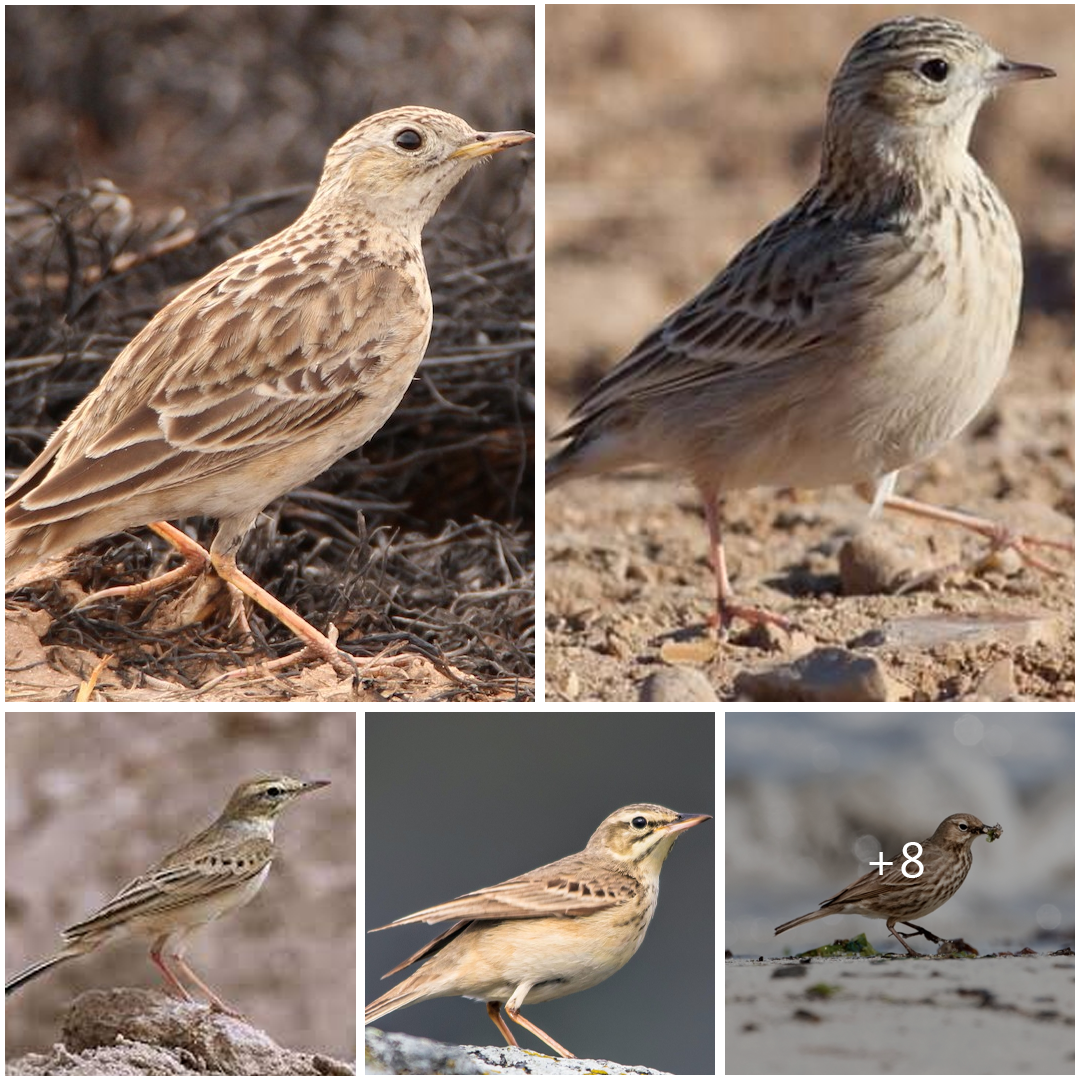
Discovering the Enigmatic Pipit: Insights into the Life of a Ground-Dwelling Songbird
Pipits, belonging to the family Motacillidae, are a group of small, inconspicuous songbirds that inhabit a variety of open habitats around the world. Despite their unassuming appearance, pipits exhibit fascinating behaviors and adaptations that make them unique among avian species. In this article, we delve into the world of pipits, exploring their behavior, habitat preferences, and ecological significance.
Pipits are characterized by their streaked plumage, slender bills, and long tails, which enable them to blend seamlessly into their surroundings. They are commonly found in grasslands, meadows, marshes, and tundra, where they forage for food on the ground and build their nests among the vegetation.
One of the most intriguing aspects of pipit behavior is their aerial displays, which they perform during courtship rituals and territorial disputes. These displays involve intricate flight patterns, accompanied by melodious songs and calls that serve to attract mates and deter rivals.
Pipits are primarily insectivorous, feeding on a variety of small invertebrates such as insects, spiders, and larvae. They use their sharp bills to probe the soil and vegetation in search of prey, employing stealth and agility to capture their quarry.
In addition to their insect-eating habits, pipits also play an important ecological role as indicators of habitat health. Their presence in an area indicates the presence of clean water, abundant insect life, and suitable habitat conditions for other wildlife species.
Despite their adaptability and resilience, pipits face threats from habitat loss, agricultural intensification, and climate change. Conservation efforts are underway to protect pipit populations and their habitats, including the creation of protected areas, habitat restoration projects, and public awareness campaigns.
By understanding and appreciating the unique characteristics and ecological importance of pipits, we can work towards ensuring their conservation and preservation for future generations to cherish and enjoy.





